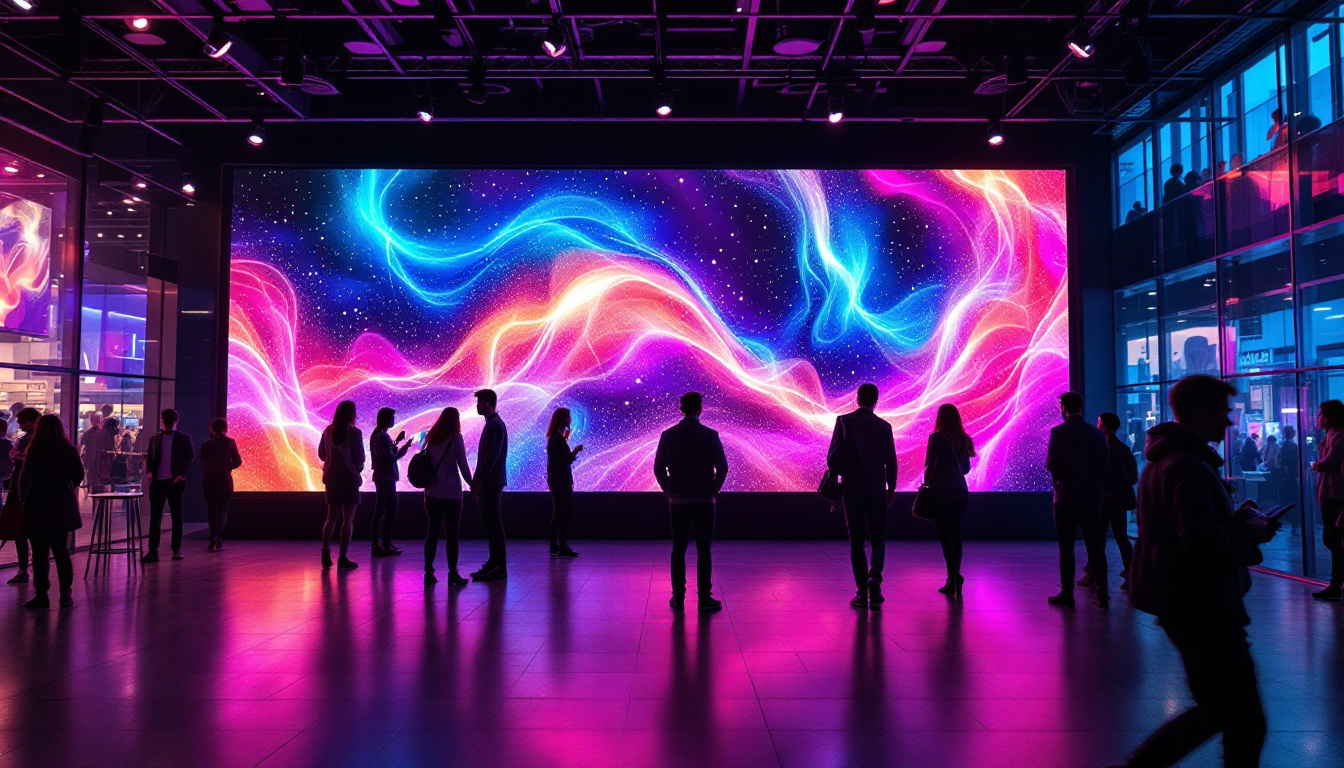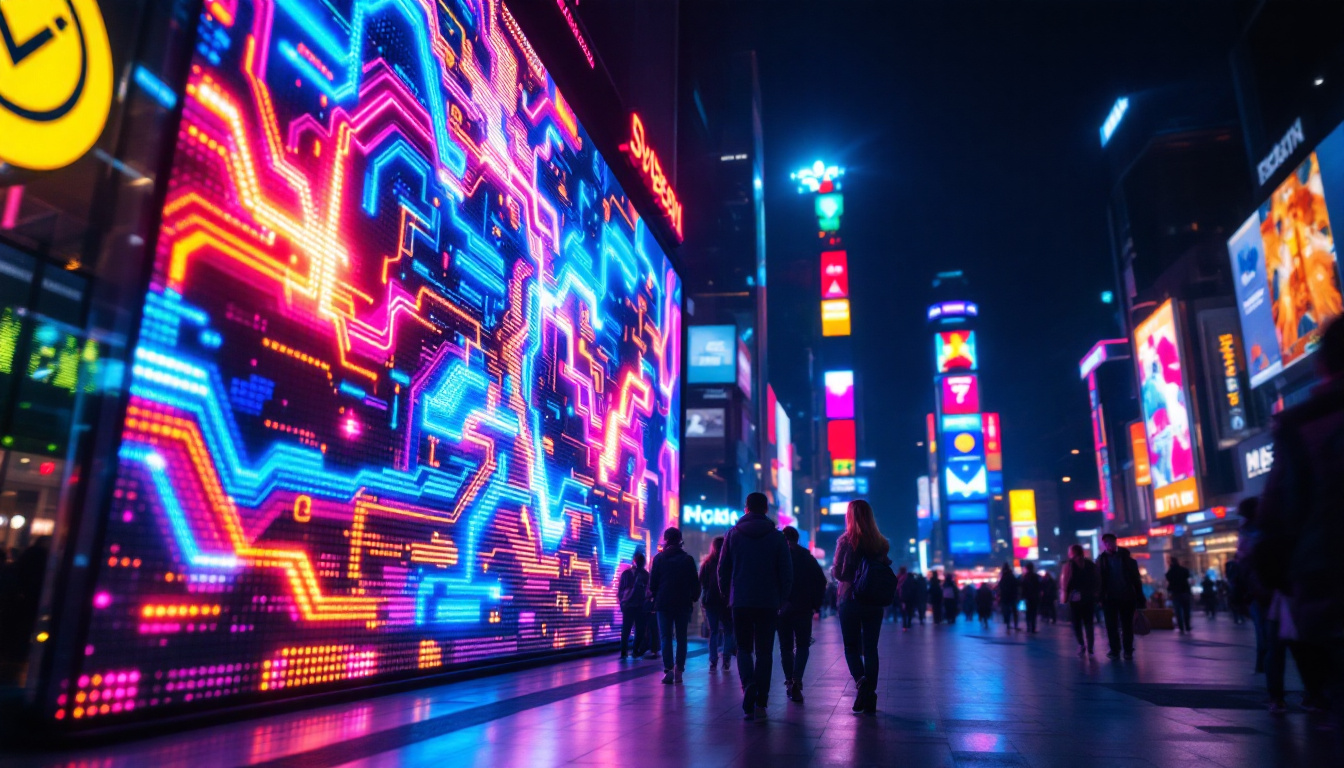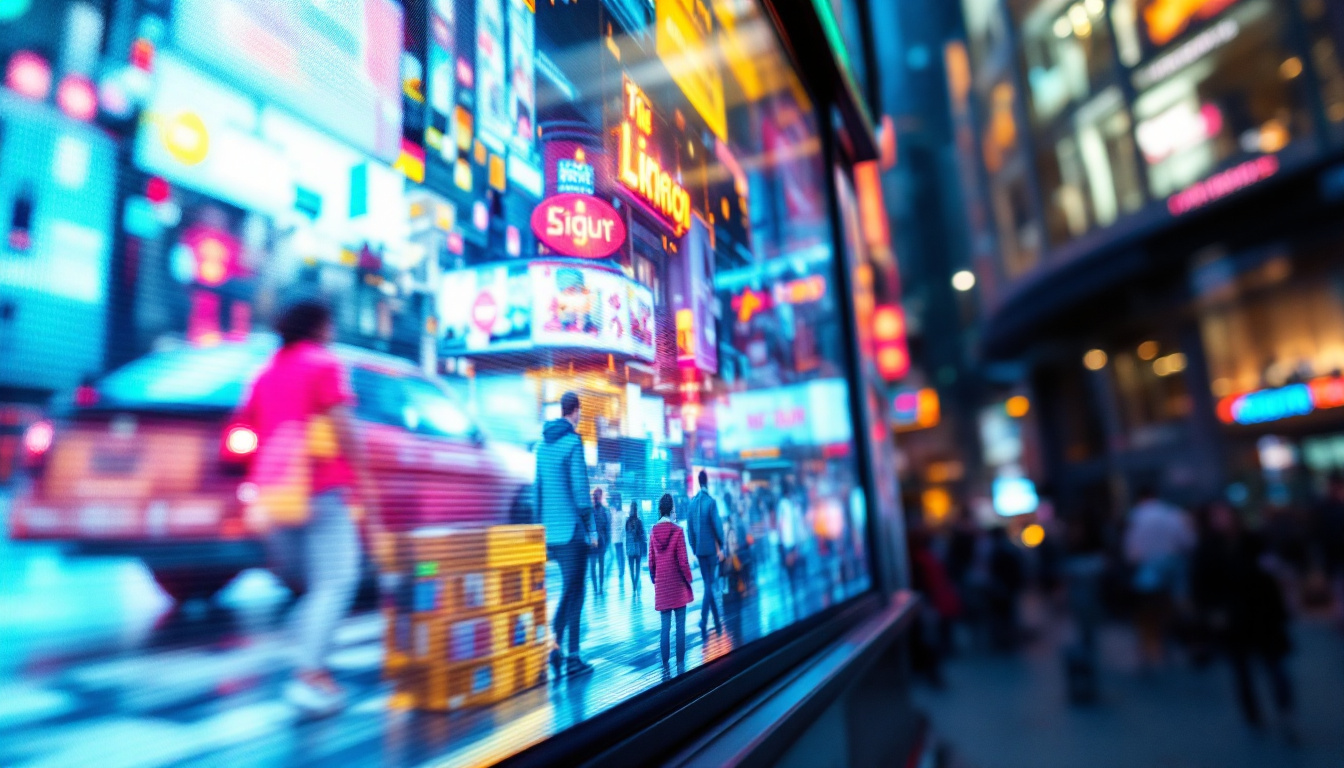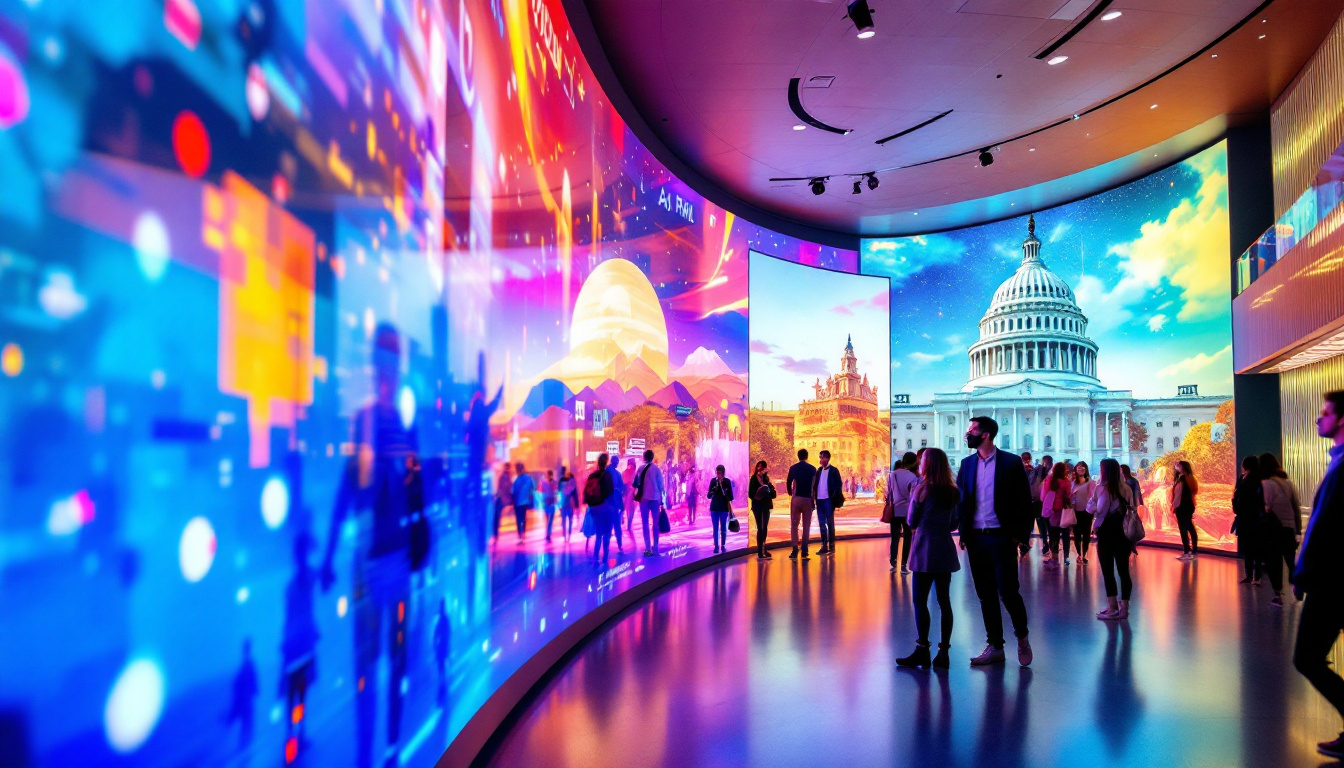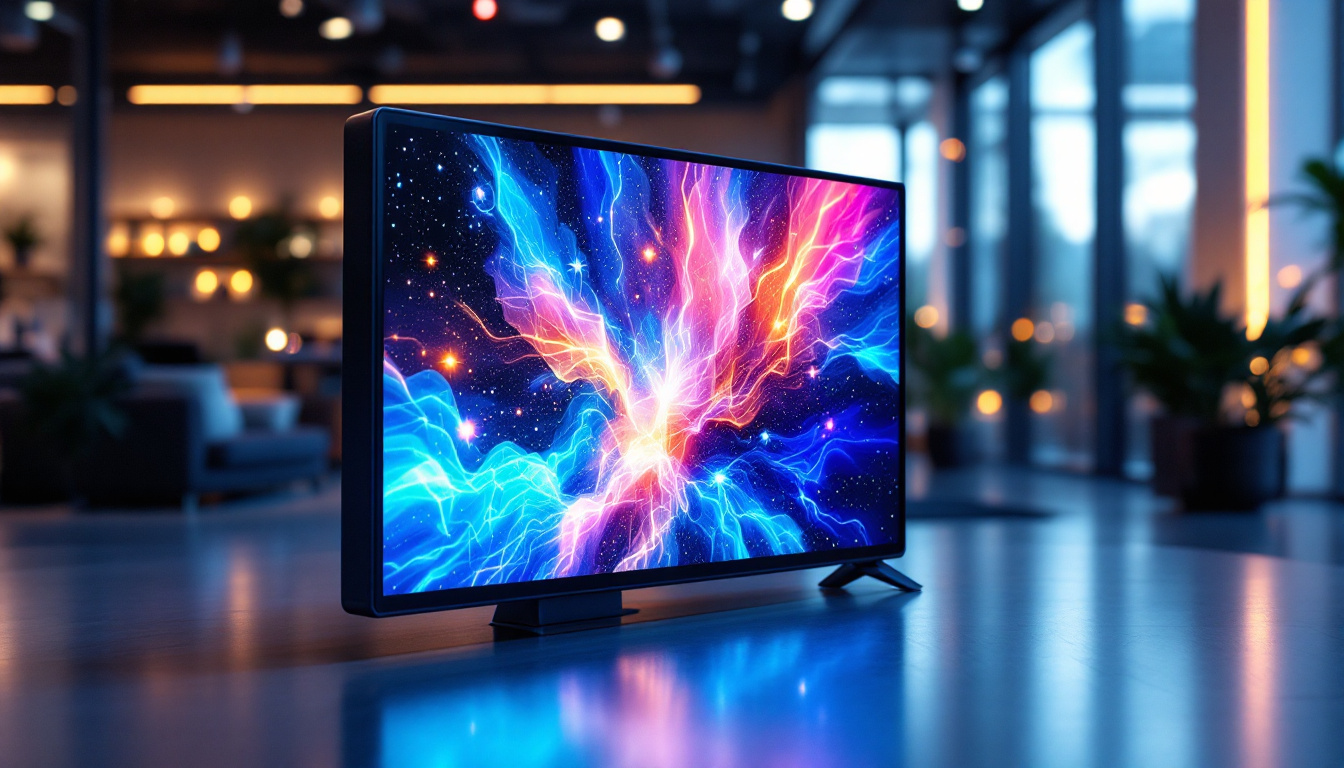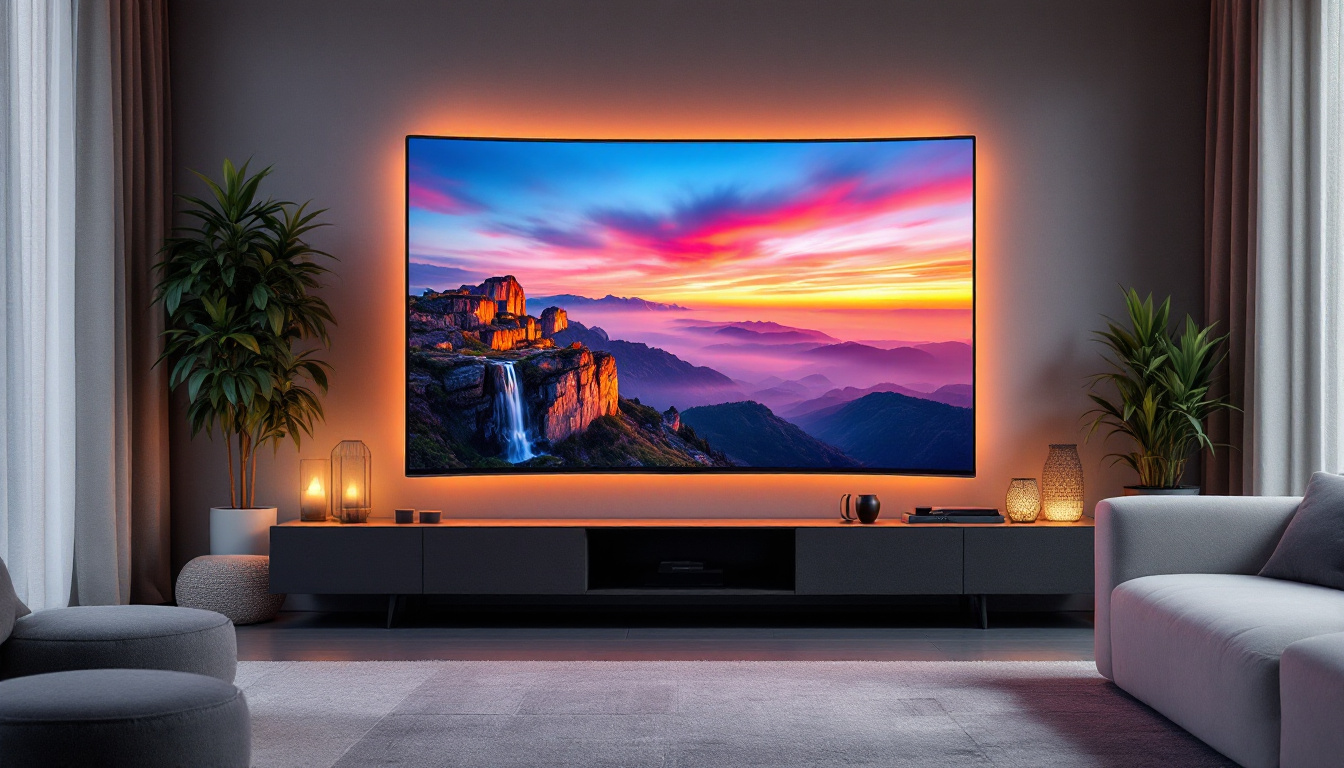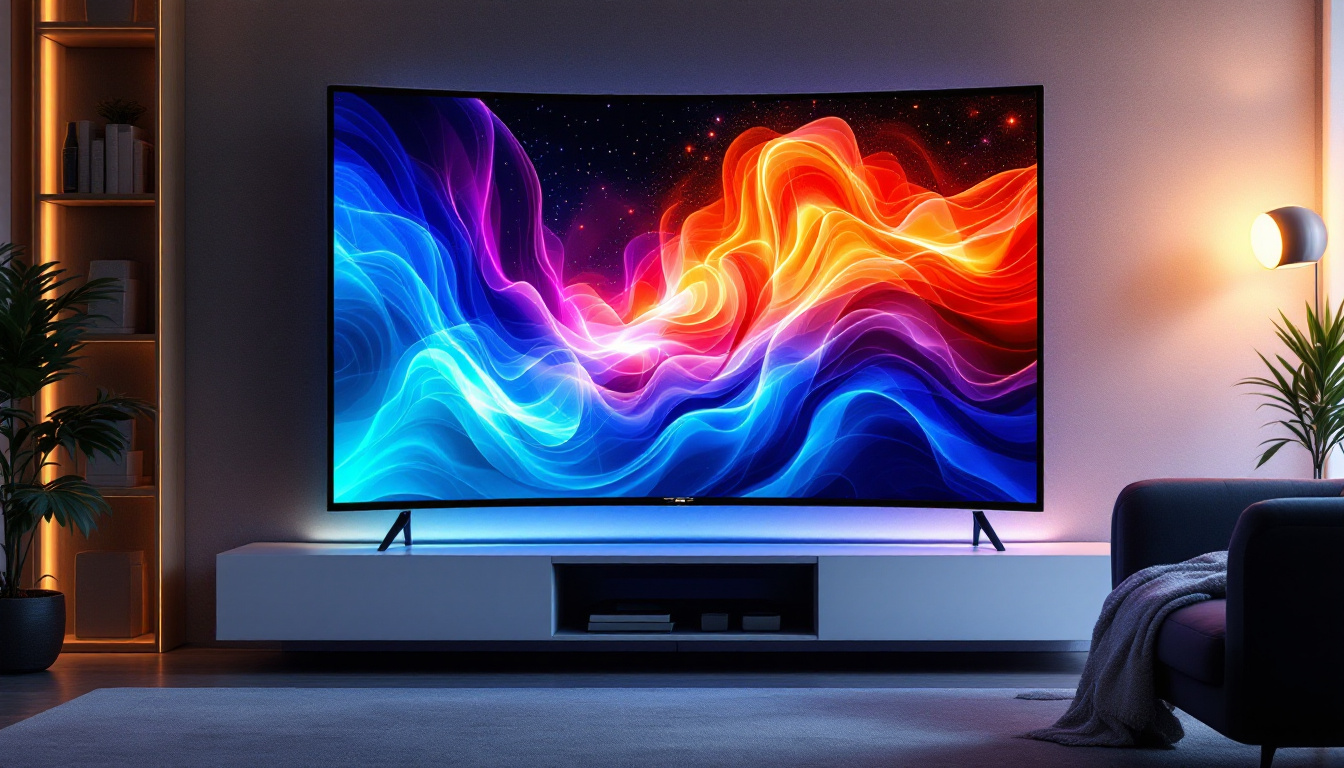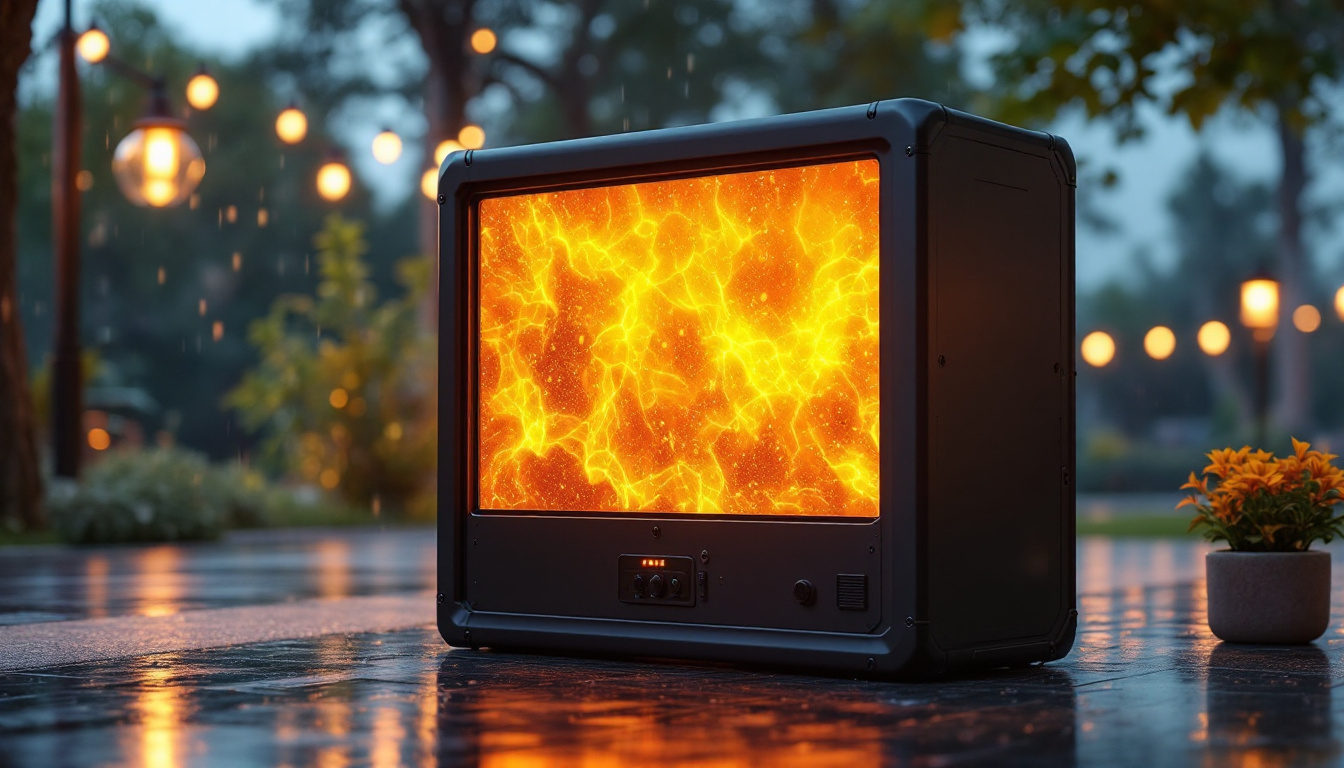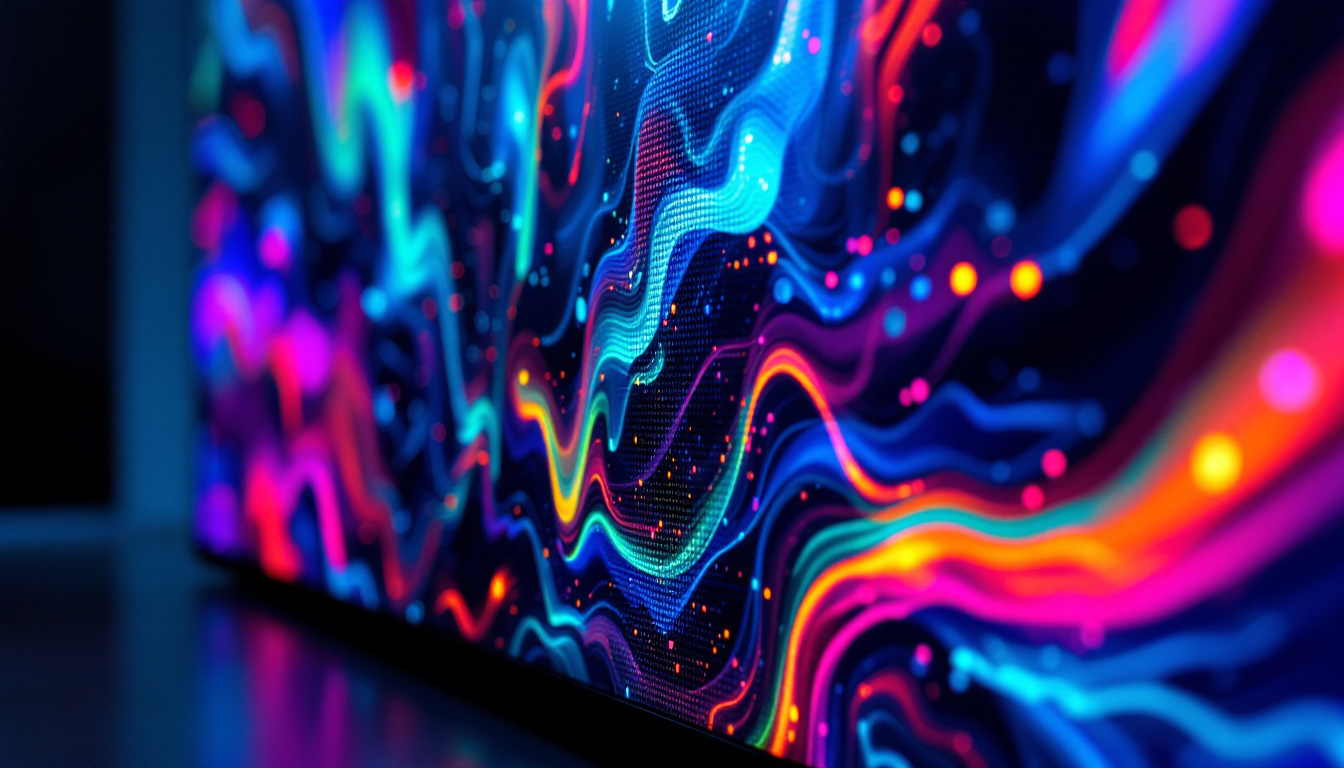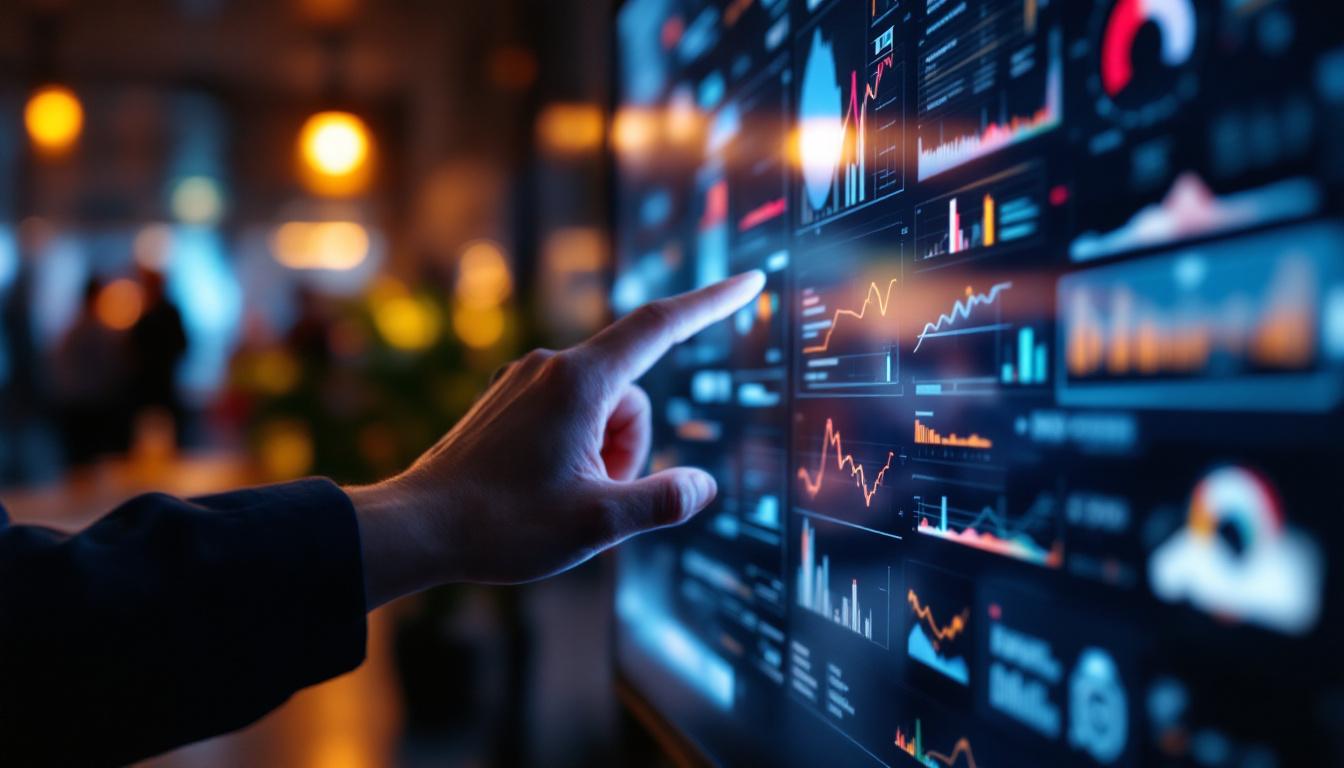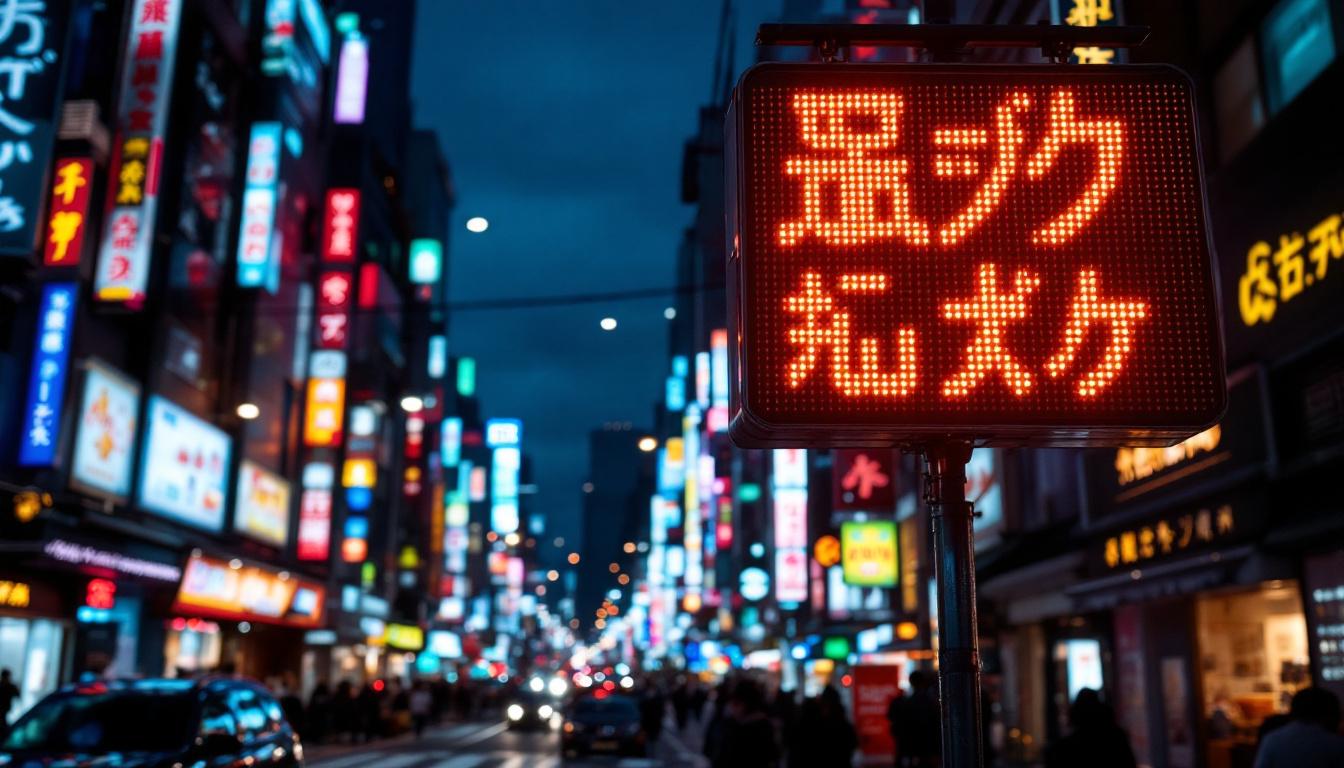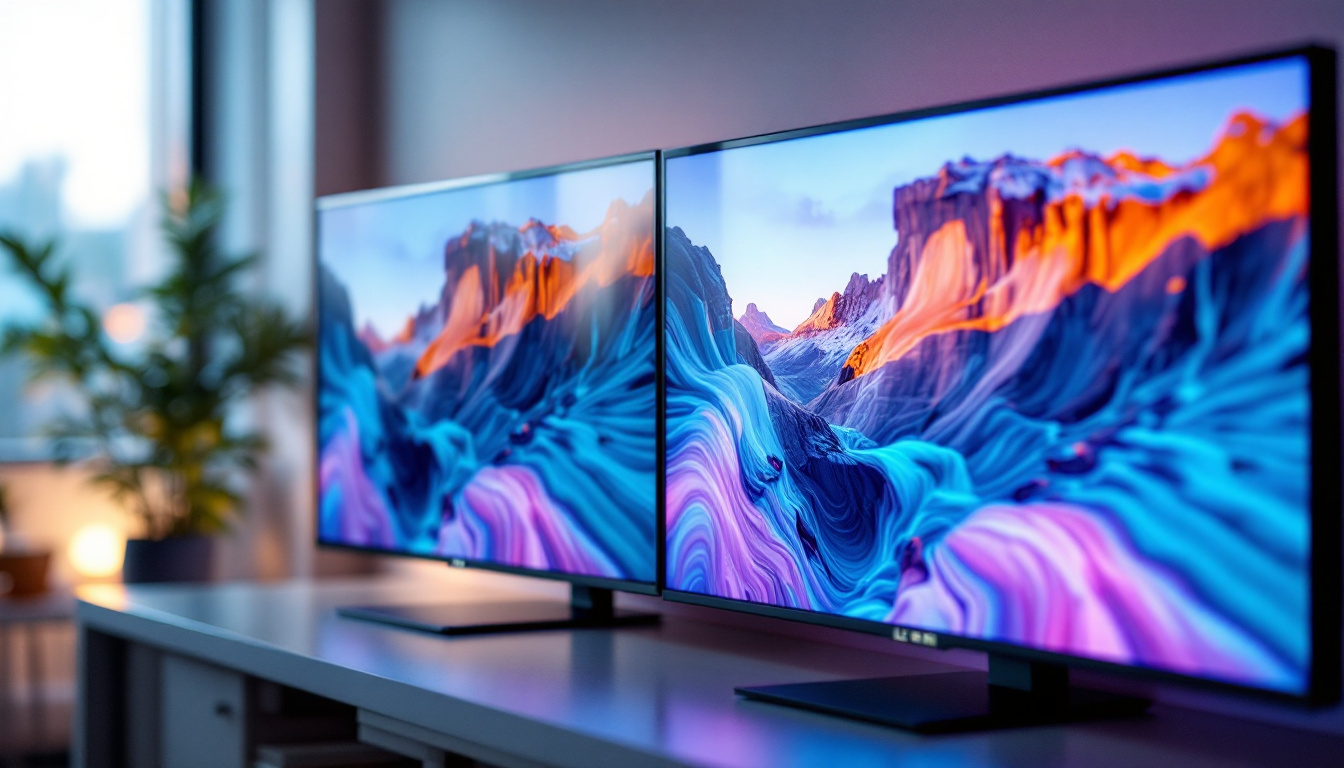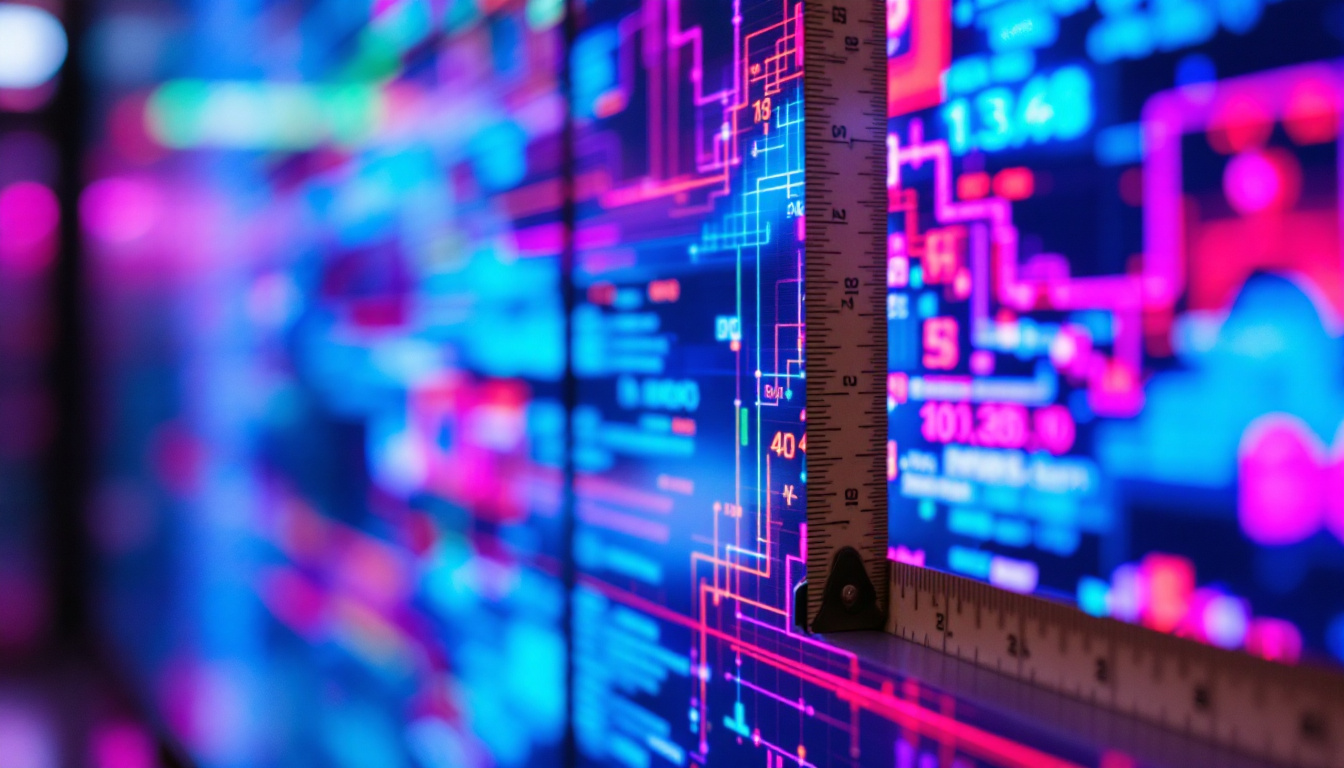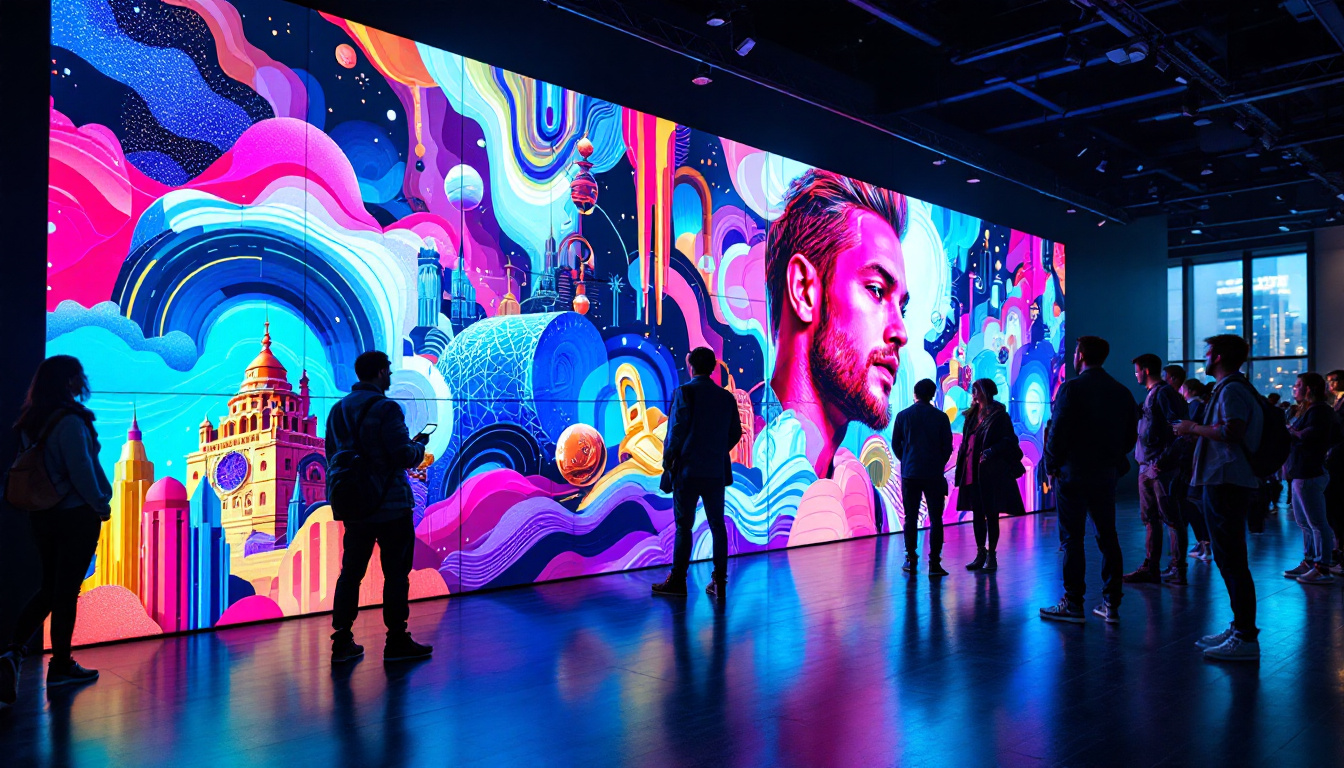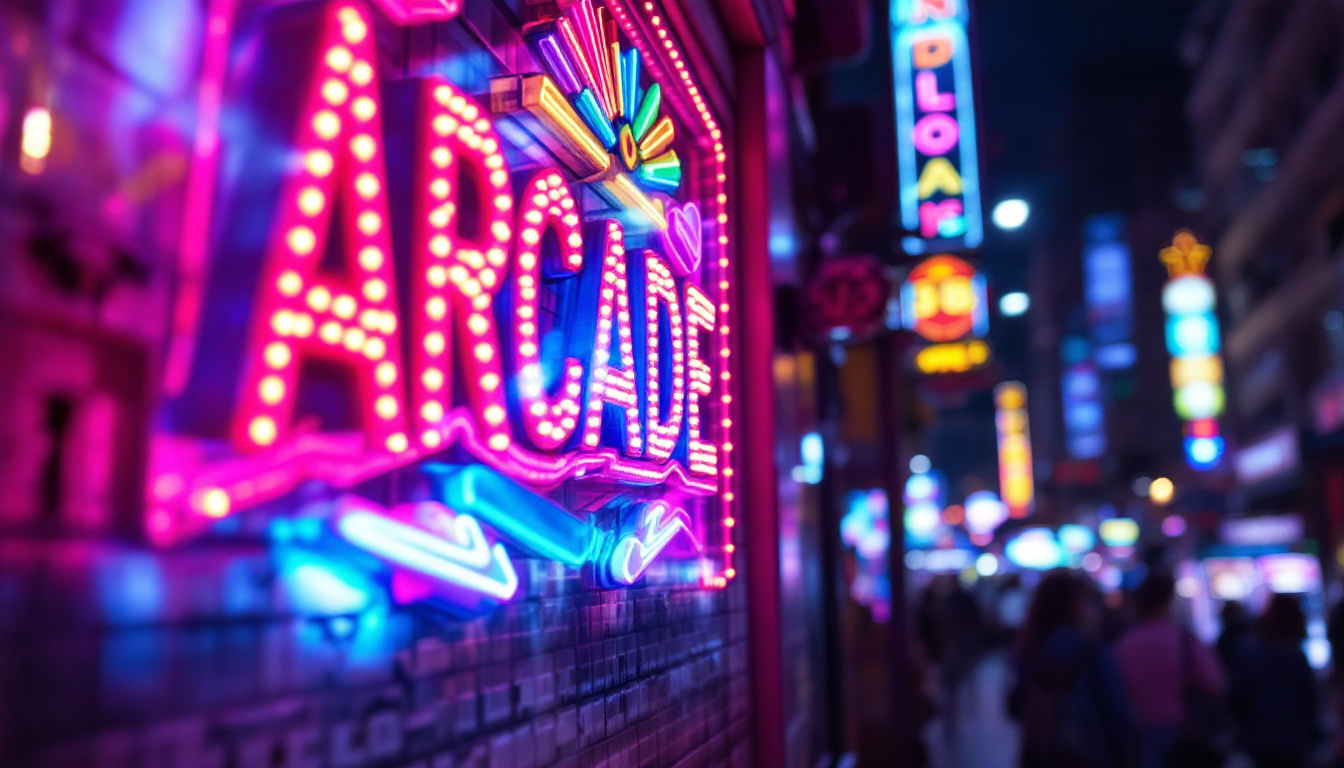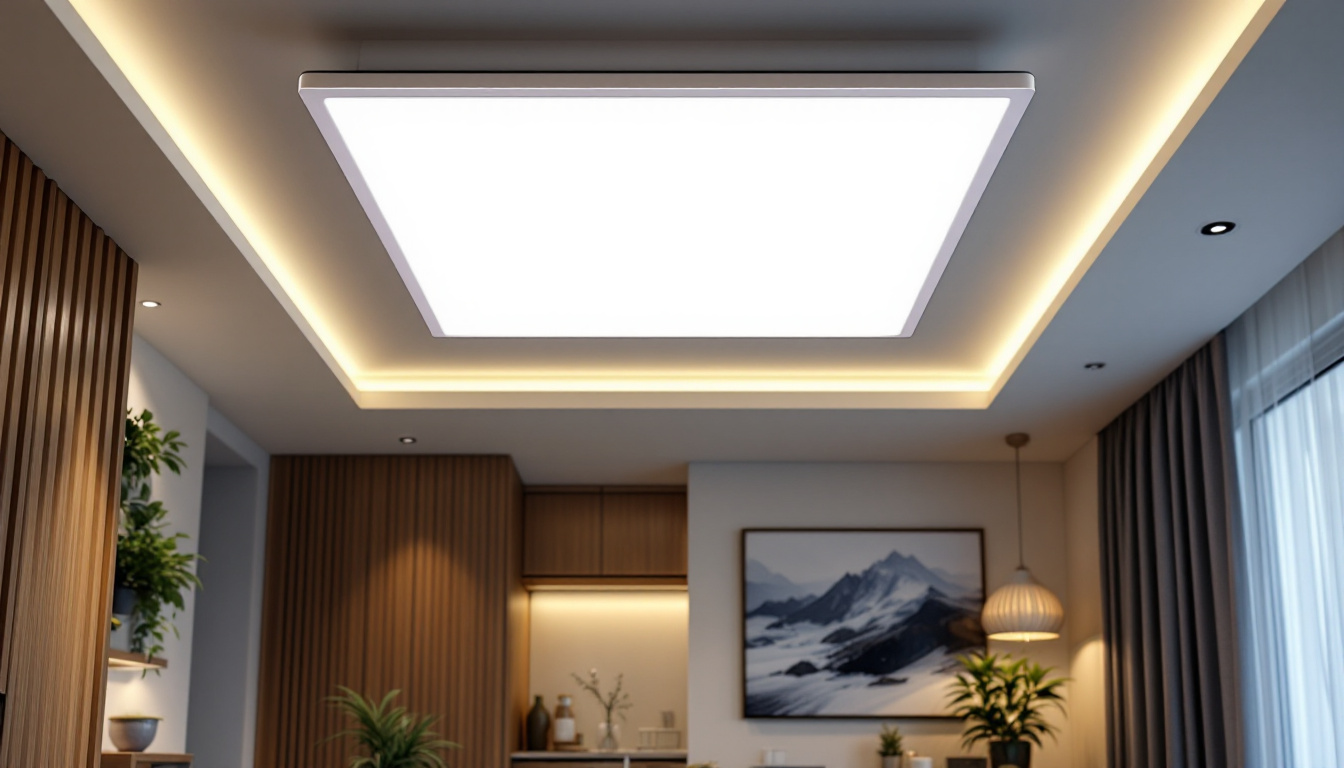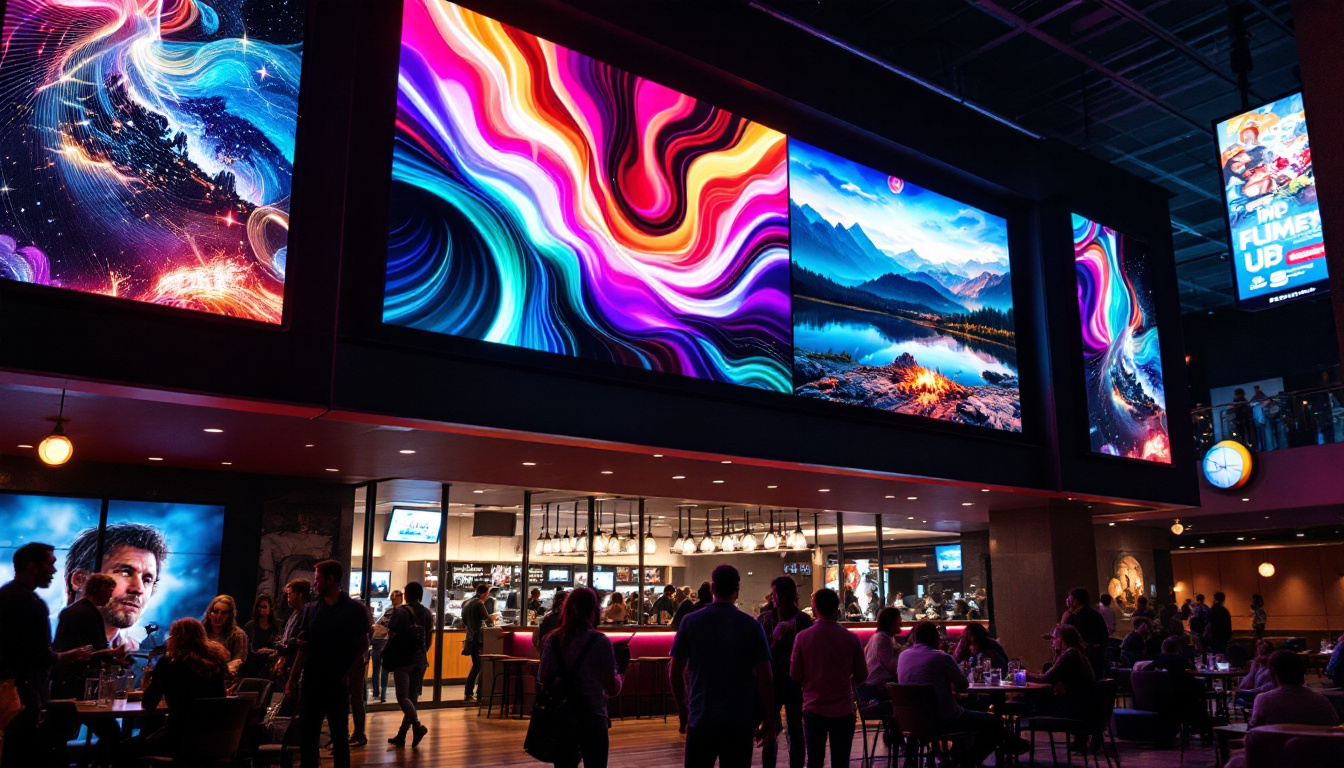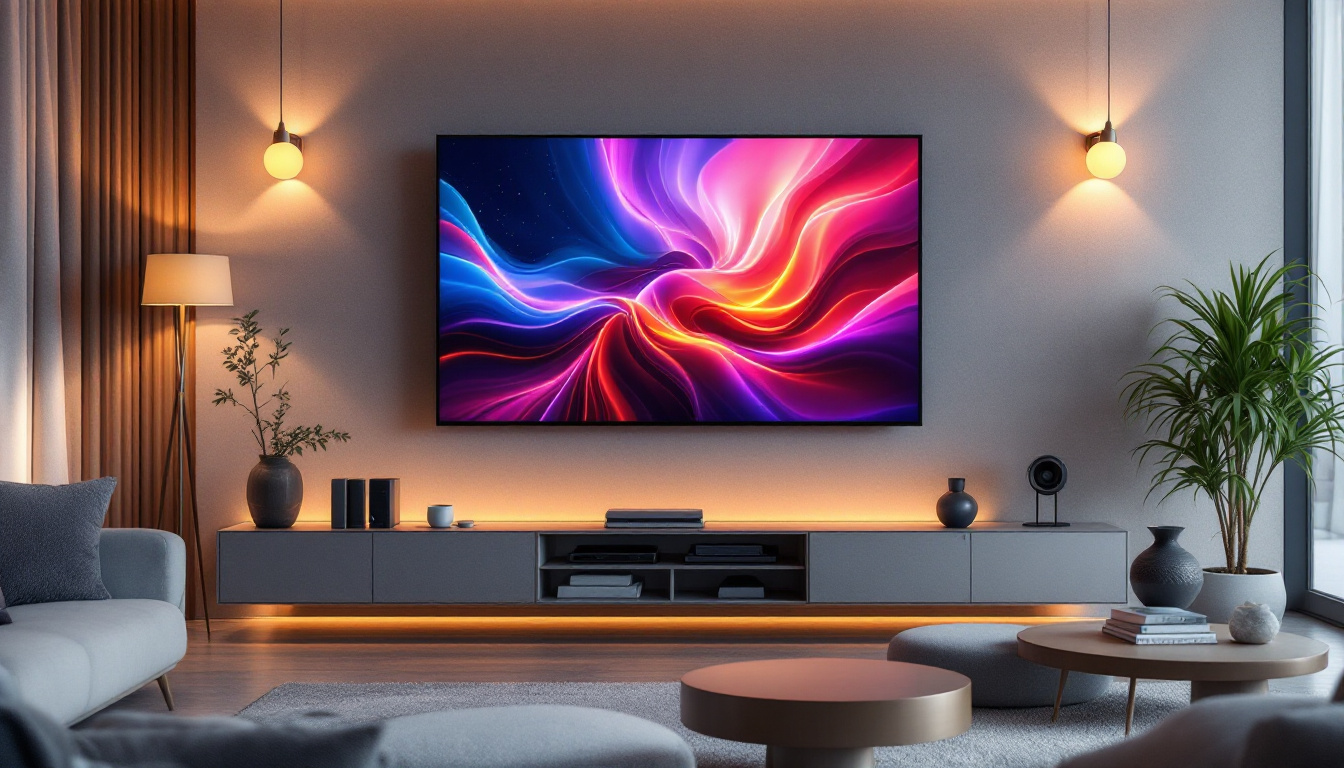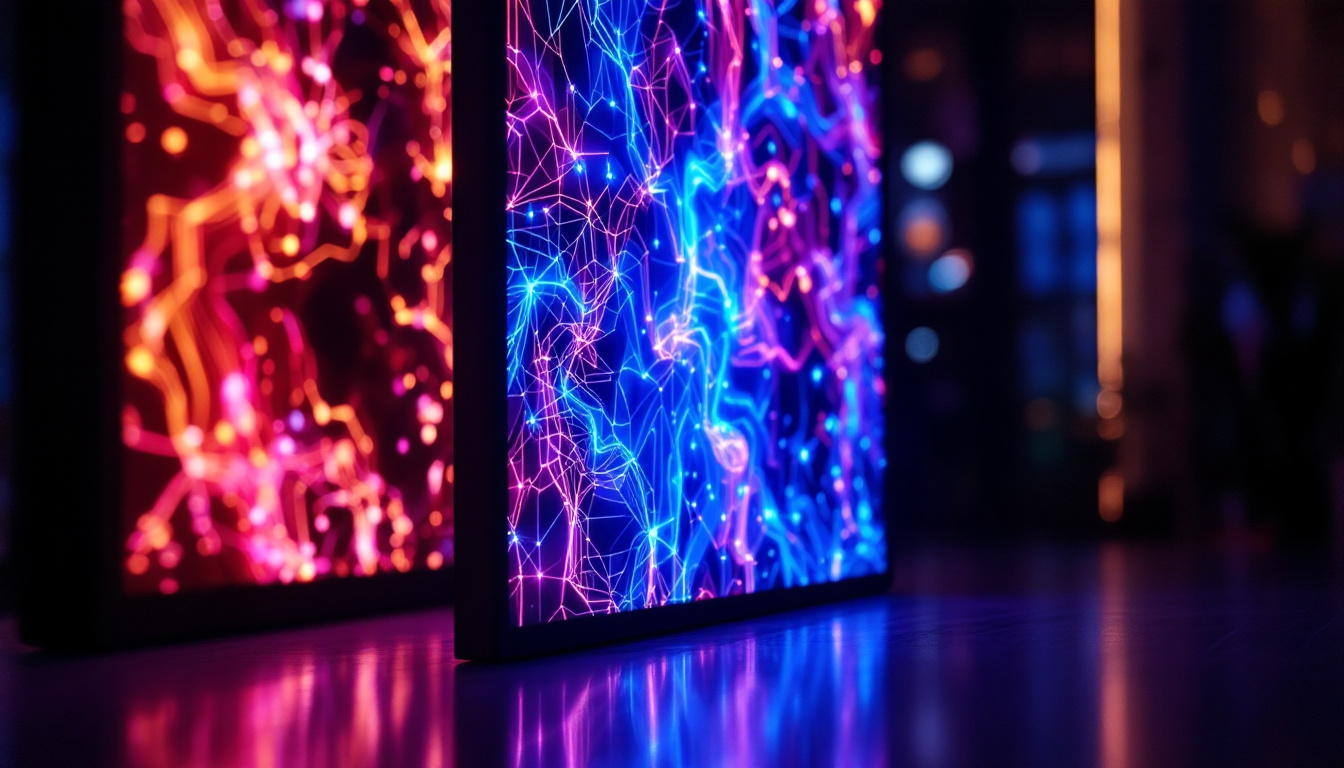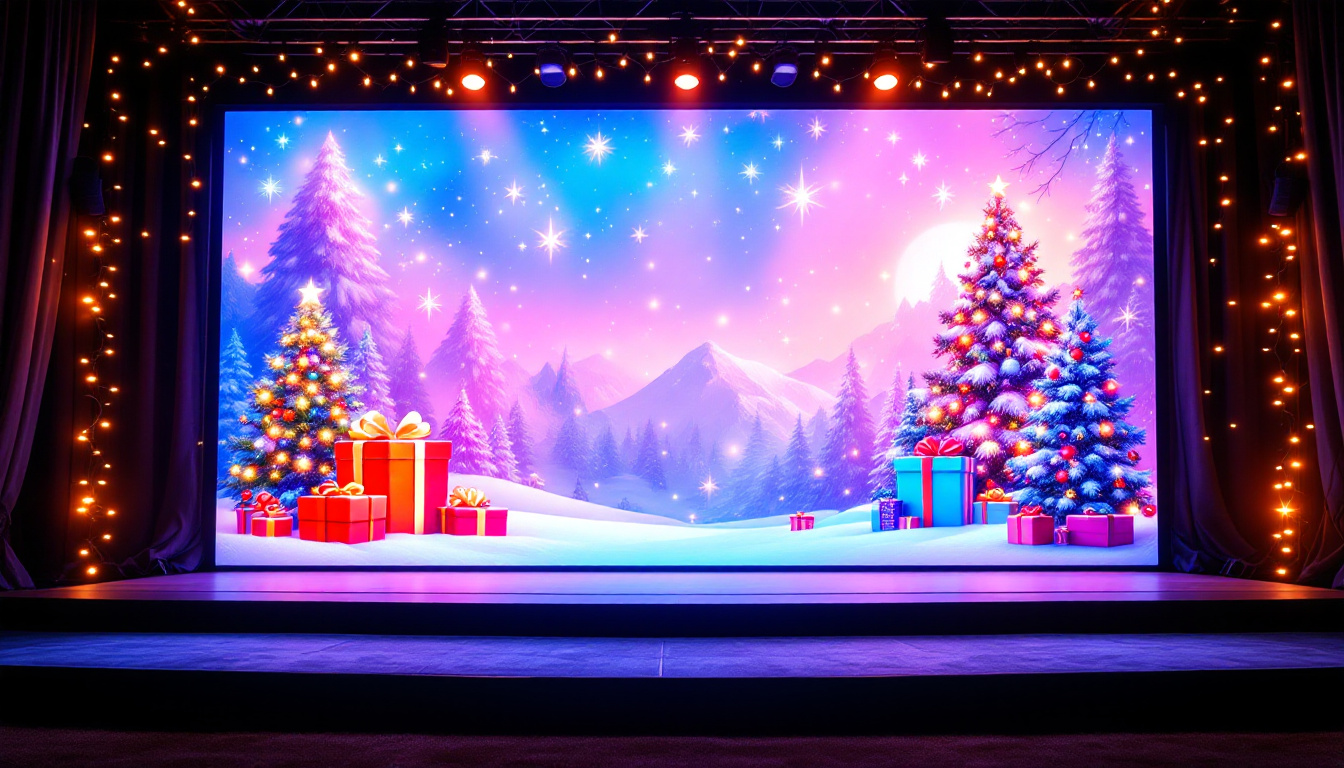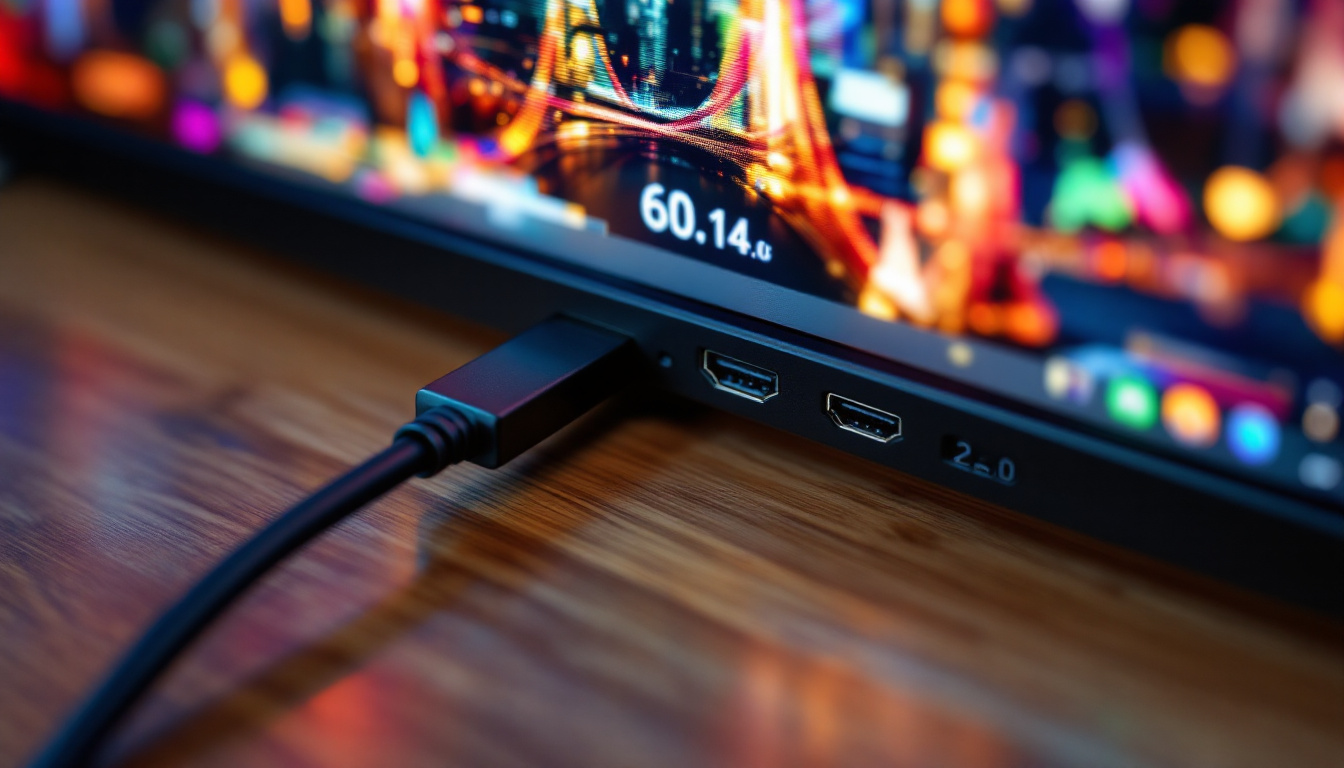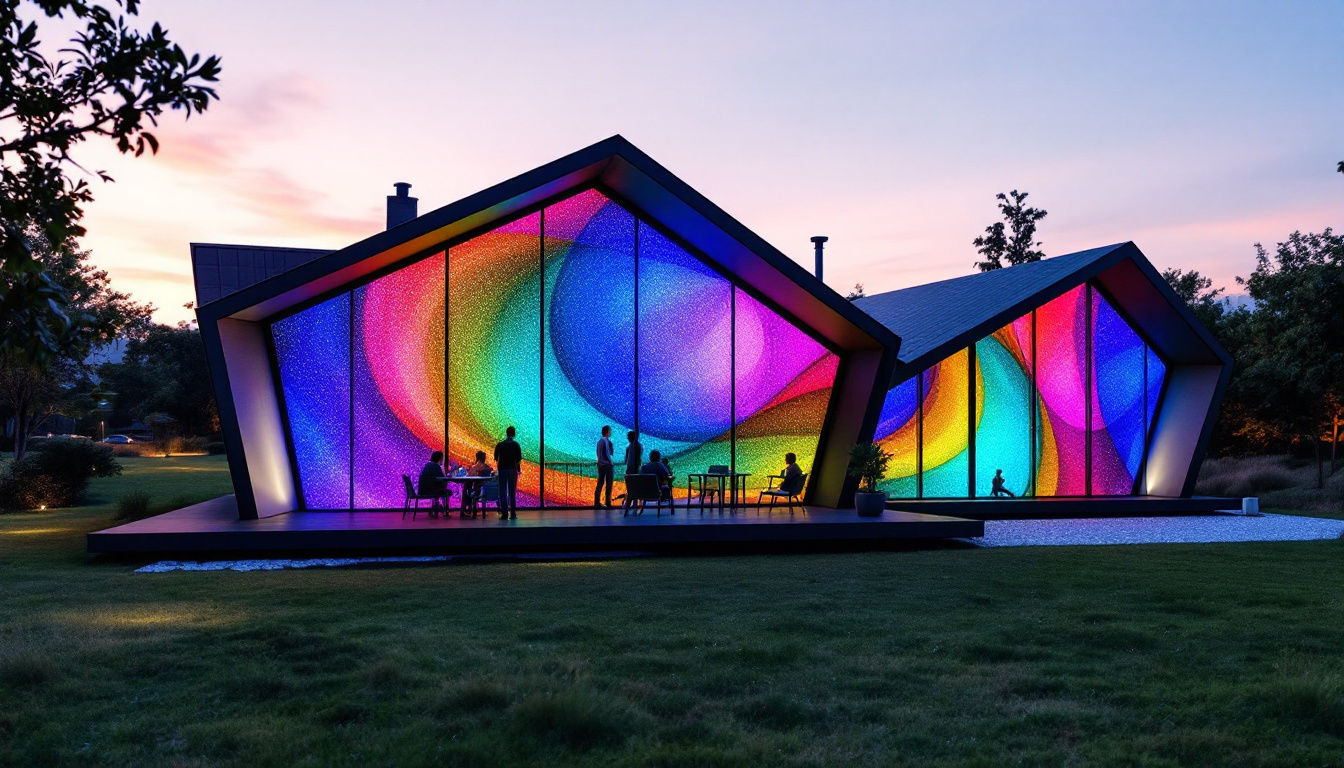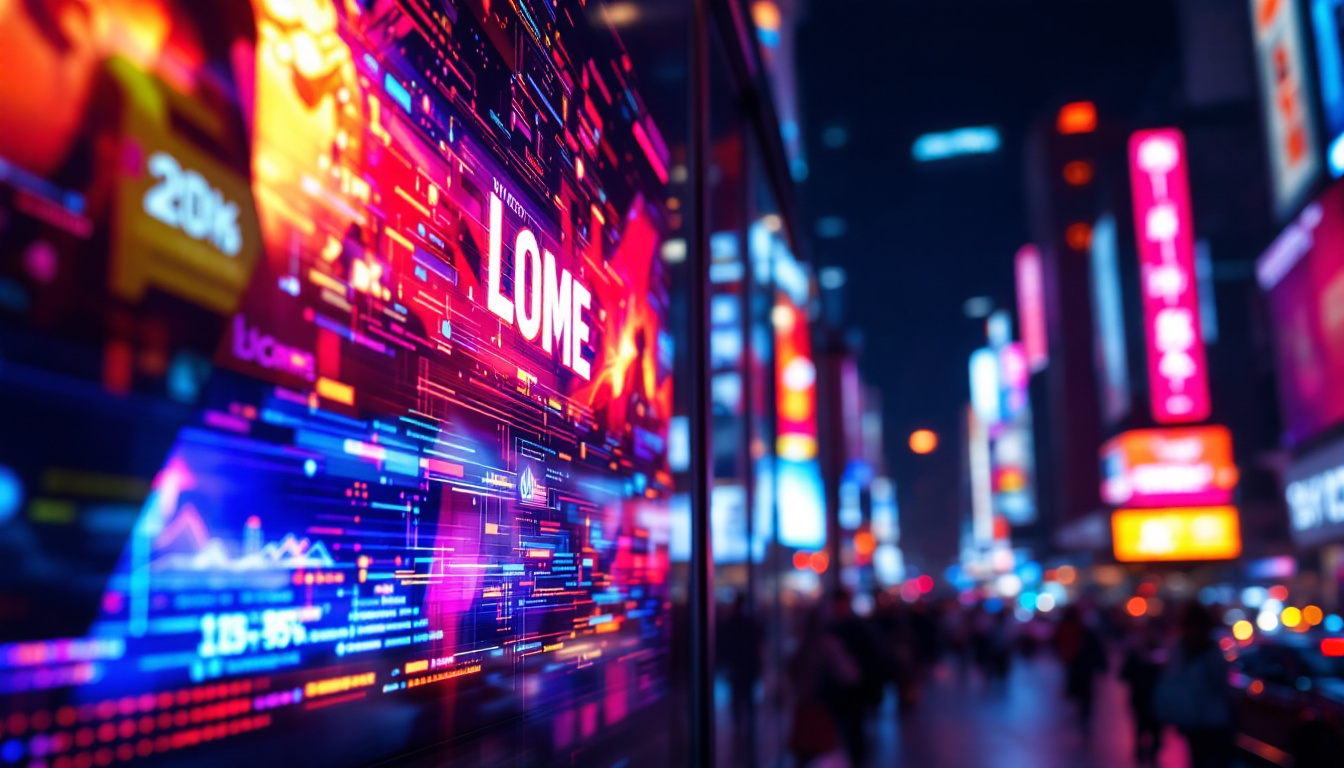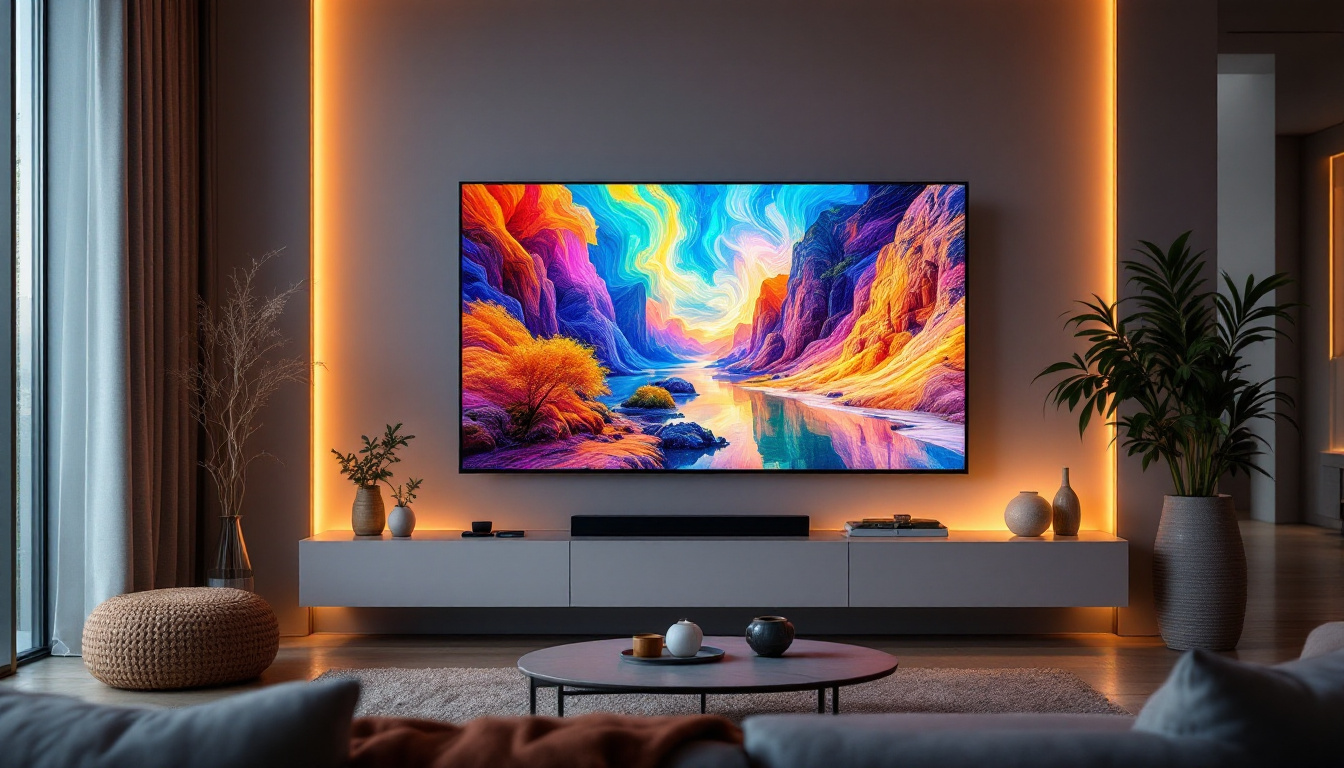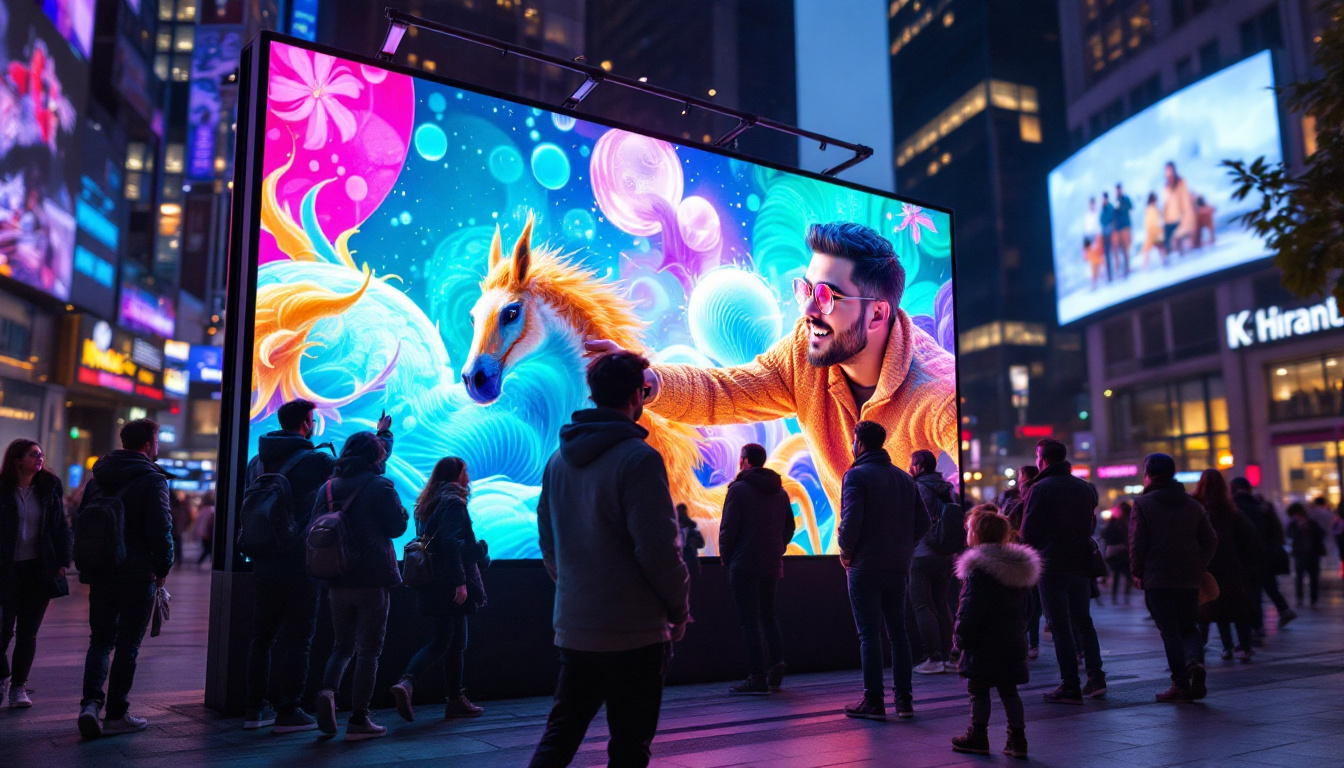In the rapidly evolving world of visual technology, LED displays have emerged as a cornerstone for various applications, from advertising to information dissemination. Panel Solutions Inc stands at the forefront of this innovation, providing cutting-edge LED display solutions tailored to meet diverse needs. This article delves into the intricacies of LED displays, their advantages, applications, and the role of Panel Solutions Inc in this dynamic industry.
Understanding LED Technology
Light Emitting Diodes (LEDs) are semiconductor devices that emit light when an electric current passes through them. This technology has transformed how visuals are presented, offering a range of benefits over traditional display methods. LEDs are not only energy-efficient but also have a longer lifespan compared to incandescent and fluorescent lights, making them a sustainable choice for various applications. As a result, the adoption of LED technology has surged in recent years, influencing everything from home lighting to large-scale advertising.
How LED Displays Work
LED displays consist of an array of tiny light-emitting diodes that are grouped together to form pixels. Each pixel can be controlled individually, allowing for precise color and brightness adjustments. This capability enables high-resolution images and videos to be displayed with remarkable clarity. The technology behind LED displays also allows for rapid refresh rates, which is essential for dynamic content such as video games and live broadcasts, ensuring that motion appears smooth and lifelike.
The basic structure of an LED display includes a backplane, which houses the electronic components, and a front layer made of the LED array. The arrangement can vary, leading to different types of displays, such as direct view and backlit displays. Additionally, advancements in LED technology have led to the development of organic LEDs (OLEDs), which offer even greater flexibility in design and can produce deeper blacks and more vibrant colors due to their ability to emit light from each individual pixel without a backlight.
Types of LED Displays
There are several types of LED displays, each designed for specific applications. The most common types include:
- Indoor LED Displays: These are typically used in venues like shopping malls, theaters, and conference rooms, offering vibrant colors and high resolution. Their brightness levels are optimized for indoor lighting conditions, ensuring that visuals are striking without being overwhelming.
- Outdoor LED Displays: Built to withstand harsh weather conditions, outdoor displays are often used for billboards and public announcements. These displays are designed with protective coatings and robust structures to resist rain, wind, and UV exposure, ensuring longevity and reliability in various environments.
- Transparent LED Displays: These innovative displays allow light to pass through while still presenting images, making them ideal for retail environments. By enabling a seamless blend between digital content and physical products, transparent LED displays enhance customer engagement and create a futuristic shopping experience.
Furthermore, LED technology is not limited to displays; it has also found applications in architectural lighting, automotive lighting, and even horticulture. In the realm of smart homes, LED lights can be integrated with IoT devices, allowing users to control lighting remotely and create customized ambiance settings. This versatility showcases the profound impact of LED technology on modern life, as it continues to evolve and adapt to meet the needs of various industries.
Advantages of LED Displays
LED displays offer numerous advantages that make them a preferred choice for many businesses and organizations. Understanding these benefits can help in making informed decisions regarding display technology.
Energy Efficiency
One of the most significant advantages of LED displays is their energy efficiency. Compared to traditional lighting solutions, LEDs consume significantly less power, which translates to lower operational costs. This efficiency not only benefits the environment but also enhances the overall cost-effectiveness of using LED technology.
Brightness and Visibility
LED displays are known for their exceptional brightness, making them easily visible even in direct sunlight. This feature is particularly beneficial for outdoor applications where visibility is crucial. The high contrast ratio of LED displays ensures that images and videos are vibrant and striking, capturing the attention of passersby.
Longevity and Durability
LED technology boasts a long lifespan, often exceeding 50,000 hours of use. This longevity reduces the need for frequent replacements, making them a reliable choice for businesses. Additionally, LED displays are more durable than traditional displays, as they are less susceptible to damage from shock and vibration.
Applications of LED Displays
The versatility of LED displays allows them to be utilized across various sectors, each benefiting from their unique features. Here are some key applications where LED technology excels.
Advertising and Marketing
In the advertising realm, LED displays have revolutionized how brands communicate with their audiences. Dynamic content can be showcased, allowing for real-time updates and engaging visuals that capture attention. From large outdoor billboards to smaller indoor displays, LED technology enables advertisers to create impactful messages that resonate with viewers.
Events and Entertainment
LED displays have become a staple in the events and entertainment industry. Concerts, sports events, and trade shows utilize large LED screens to enhance the audience experience. These displays can be used for live feeds, promotional content, and immersive visuals, making events more engaging and memorable.
Transportation and Public Information
public transportation systems increasingly rely on LED displays to provide real-time information to passengers. Whether it’s train schedules, bus arrival times, or emergency announcements, LED technology ensures that information is conveyed clearly and efficiently. This application enhances safety and improves the overall experience for commuters.
Panel Solutions Inc: Leading the Way
Panel Solutions Inc has established itself as a leader in the LED display market, offering innovative solutions that cater to a wide range of industries. Their commitment to quality and customer satisfaction sets them apart from competitors.
Custom Solutions
One of the standout features of Panel Solutions Inc is their ability to provide custom LED display solutions. Understanding that each client has unique needs, the company works closely with customers to design displays that meet specific requirements. This tailored approach ensures that clients receive products that align perfectly with their vision and goals.
Expertise and Support
With a team of experienced professionals, Panel Solutions Inc offers expert guidance throughout the entire process, from initial consultation to installation and ongoing support. Their knowledge of the latest technologies and trends in the LED display industry allows them to provide clients with insights that drive effective decision-making.
Commitment to Innovation
Panel Solutions Inc is dedicated to staying at the forefront of technological advancements in LED displays. By continually investing in research and development, the company ensures that its products incorporate the latest features and capabilities. This commitment to innovation not only enhances their offerings but also positions them as a thought leader in the industry.
Choosing the Right LED Display
Selecting the appropriate LED display for a specific application can be a daunting task, given the variety of options available. However, understanding key factors can simplify the decision-making process.
Assessing Your Needs
The first step in choosing an LED display is to assess your specific needs. Consider factors such as the intended use, location, and audience. For example, an outdoor display will require different specifications compared to an indoor one. Understanding these requirements will guide you in selecting the right type of display.
Resolution and Size
Resolution is a critical aspect of LED displays, as it directly impacts the clarity and quality of the visuals. Higher resolution displays are ideal for close viewing distances, while lower resolutions may suffice for larger, more distant applications. Additionally, the size of the display should be determined based on the viewing distance and the space available for installation.
Budget Considerations
Budget is often a significant factor in the selection process. LED displays come in a range of prices, influenced by factors such as size, resolution, and additional features. It is essential to balance your budget with the desired quality and functionality to ensure a satisfactory investment.
Future Trends in LED Display Technology
The LED display industry is continuously evolving, with new trends emerging that promise to shape its future. Staying informed about these trends can help businesses and organizations adapt and thrive in a competitive landscape.
Advancements in Flexibility
One of the most exciting trends is the development of flexible LED displays. These innovative products can be bent and shaped to fit various surfaces, opening up new possibilities for creative installations. From curved screens to unique architectural designs, flexible LED technology allows for greater versatility in display applications.
Integration with Smart Technology
As smart technology becomes more prevalent, LED displays are increasingly being integrated with IoT (Internet of Things) capabilities. This integration allows for real-time data sharing, remote management, and enhanced interactivity. Businesses can leverage this technology to create dynamic content that responds to audience behavior and preferences.
Sustainability Initiatives
With growing concerns about environmental impact, the LED display industry is also focusing on sustainability. Manufacturers are exploring eco-friendly materials and energy-efficient designs to reduce their carbon footprint. This trend not only benefits the environment but also appeals to consumers who prioritize sustainability in their purchasing decisions.
Conclusion
LED displays have transformed the way information and visuals are presented across various industries. With their energy efficiency, durability, and versatility, they have become an essential tool for businesses looking to engage their audiences effectively. Panel Solutions Inc plays a pivotal role in this landscape, offering innovative, custom solutions that cater to diverse needs.
As technology continues to advance, the future of LED displays looks promising, with exciting trends that will further enhance their capabilities. By staying informed and adapting to these changes, businesses can harness the power of LED technology to elevate their communication strategies and achieve their goals.
Discover LumenMatrix’s Innovative LED Displays
Ready to elevate your visual communication with the latest in LED technology? Explore LumenMatrix’s comprehensive range of LED display solutions, from vibrant Indoor and Outdoor LED Wall Displays to dynamic Vehicle and Sports LED Displays. Whether you’re seeking a captivating LED Poster Display, a unique Floor LED Display, or a Custom solution tailored to your specific needs, LumenMatrix is dedicated to enhancing your brand’s visibility with cutting-edge digital signage. Experience the future of engaging, high-impact visual experiences with LumenMatrix. Check out LumenMatrix LED Display Solutions today and transform the way you connect with your audience.

